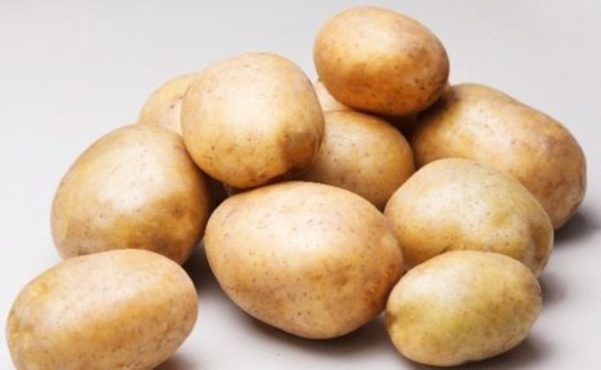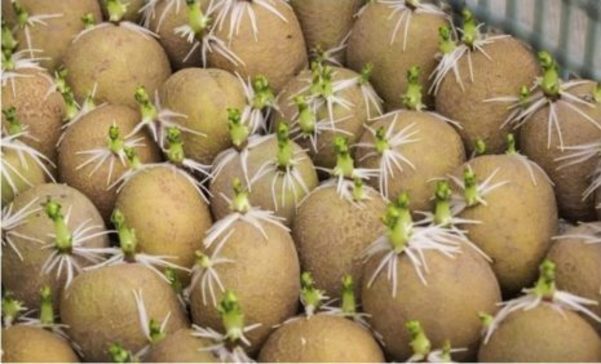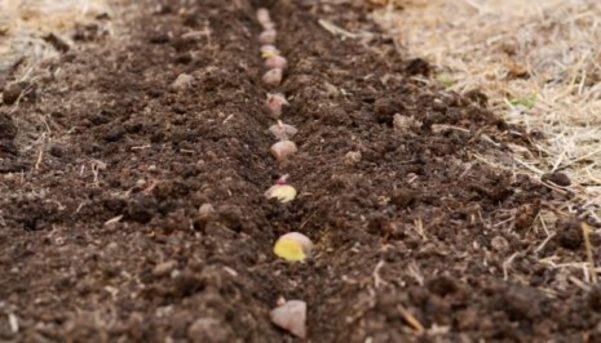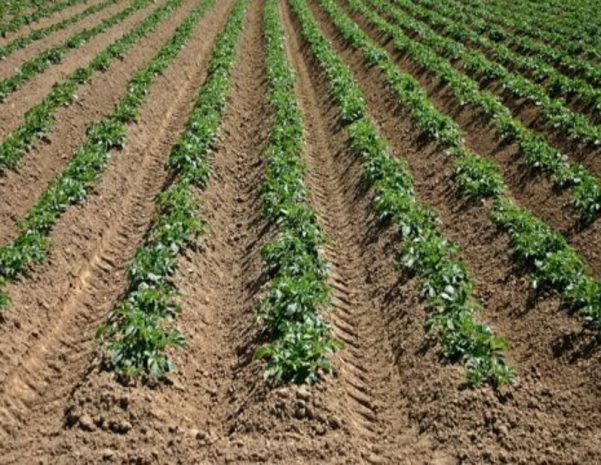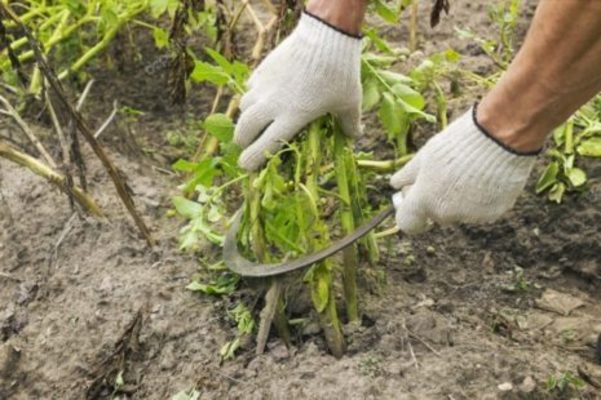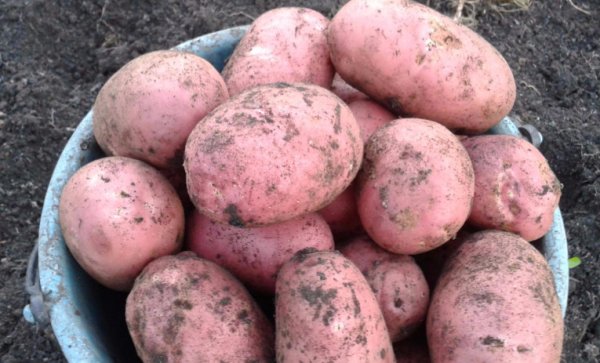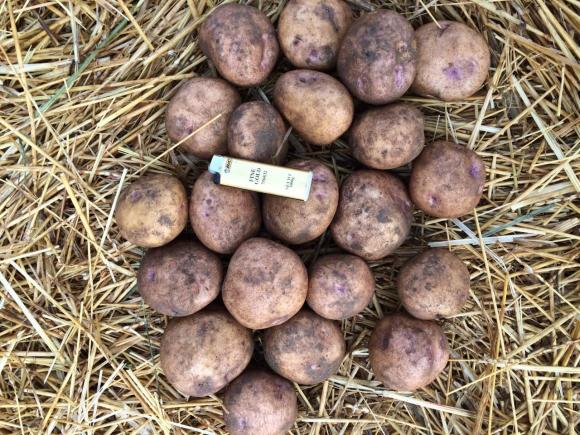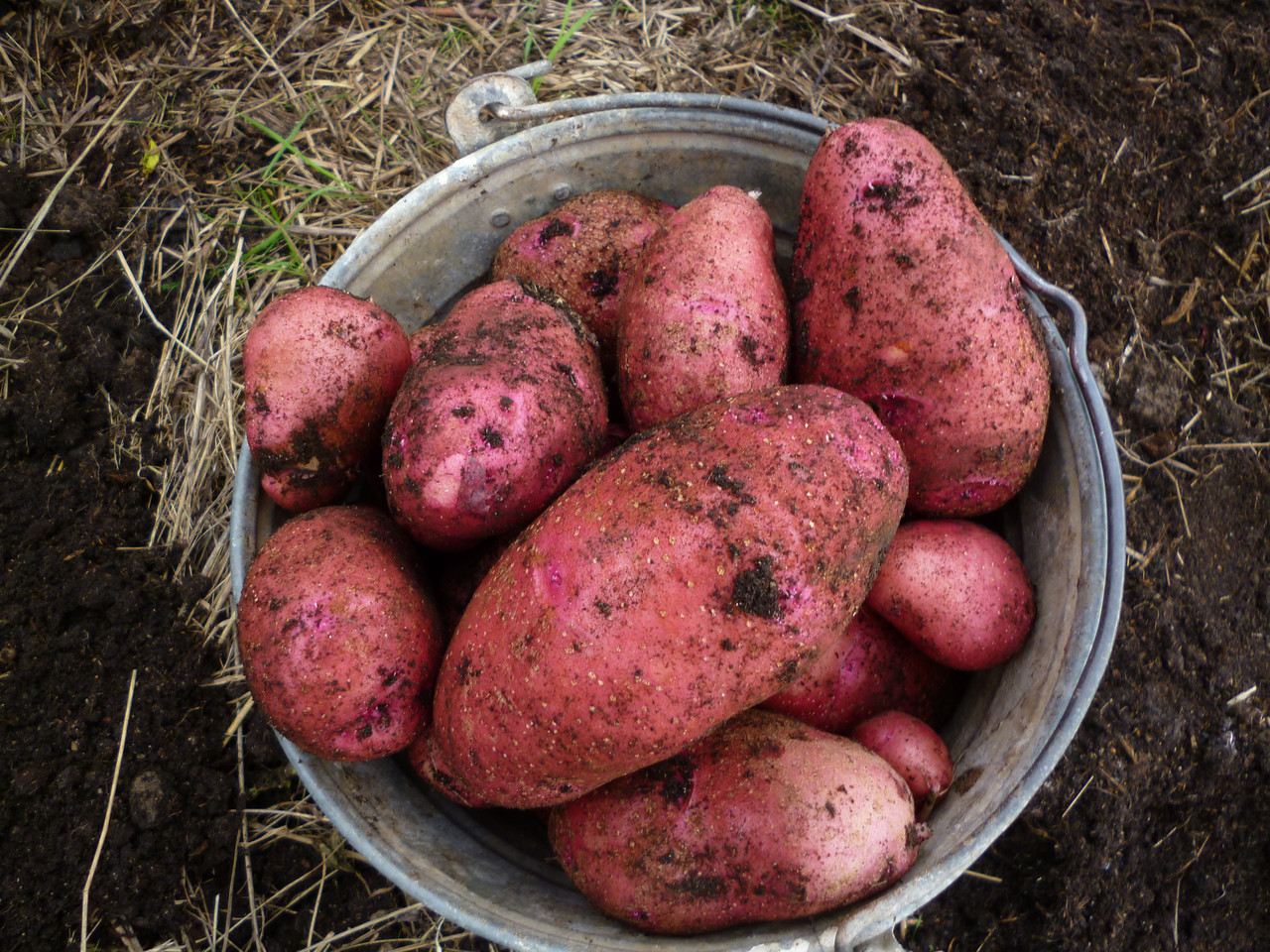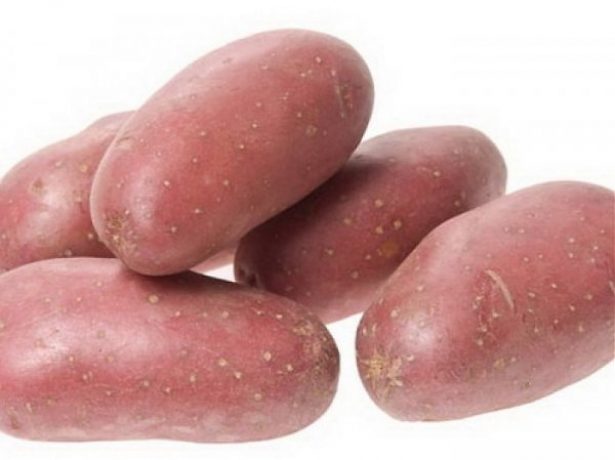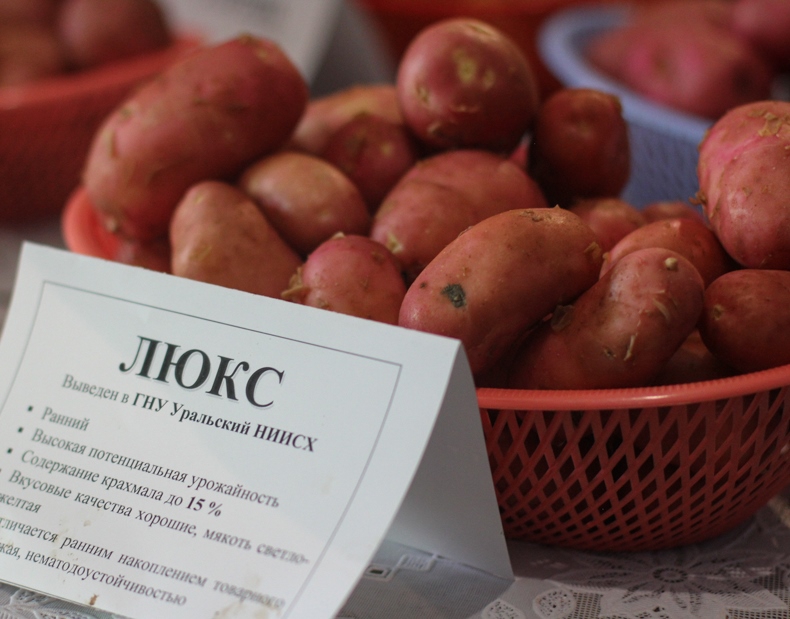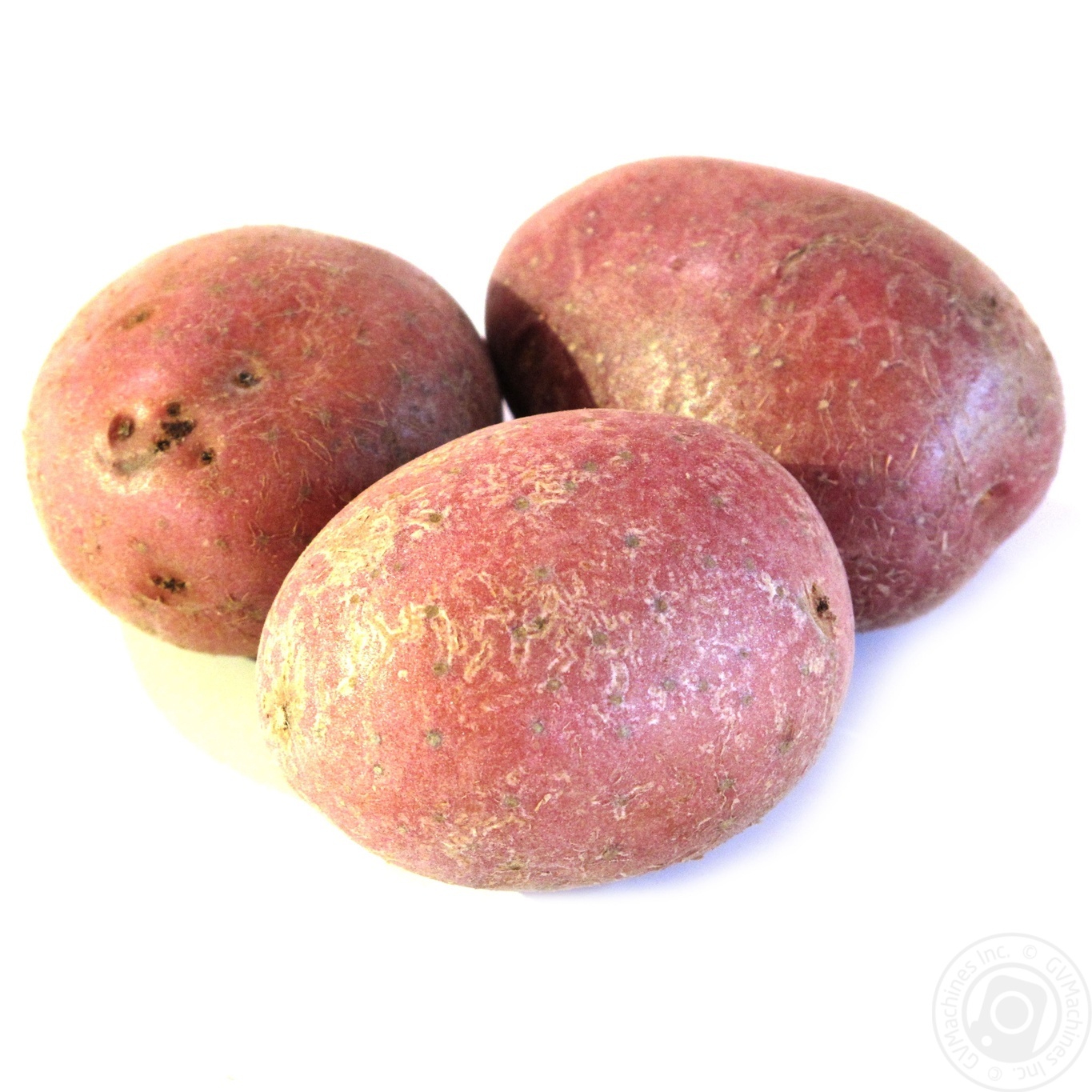Content:
Homeland of potatoes – South America, where it belongs to perennial plants. The Indians used its wild thickets fourteen thousand years ago.
In Europe, the Rogneda potato appeared in the 16th century. The harsher climate did not allow the plant to be grown as a perennial. In the 17th century, thanks to Peter I, potatoes came to Russia. Nowadays, it has become a national favorite product, which occupies an important place in the culinary preferences of citizens.
The history of the creation of the variety
Rogneda potatoes - froman equally new variety, a variety created by breeders of Belarus by crossing the Charodey variety and the 1579-14 form. The name was given in honor of the Polotsk princess Rogneda Rogvolodovna. Recommended for cultivation in the Central and Northwestern part of Russia.
The attractiveness of the qualities of the Rogneda variety expanded the boundaries of planting not only in Belarus, but on the territory of Ukraine and Moldova due to the favorable climate for its cultivation.
Characteristics and features of the variety
Rogneda is a medium-late potato variety that is more costly than growing early varieties. But the high yield and excellent quality of tubers will pay off the time and effort.
Varietal potatoes are relatively easy to adapt to changed growing conditions and soil types, which allows them to be cultivated in different regions.
The peculiarity of the variety is that it has high immunity, resistance to late blight and other common diseases, does not require increased attention when growing.
Ragneda potatoes are medium table varieties. The number of tubers in the bush – 12-20. Yield – 180-350 centners per hectare.
Plant parameters
Bushes are tall, erect, sparsely spreading with abundant foliage. The leaf is medium in size, slightly wavy at the edges, from light green to green.
The description marks the next distinctive feature of the variety - the intensive growth of tops.
During the ripening period of the tubers, the plant produces flowers in the form of medium-sized corollas, the inner part of which is white, and the outer part is purple.
Description of the fruit
Rogneda is a medium sized potato with the following characteristics:
- regular oval or round shape;
- small or medium depth of eyes;
- dense yellow skin;
- creamy white color of dense pulp;
- high content of vitamin C and starch (up to 18%).
Root mass – within 78-120 g.
The potatoes are tasty, not very sweet, boiled well. Potato soup, mashed potatoes, casseroles, pancakes are made from it. During cooking, it does not darken and does not lose nutrients. Harvested for the winter, well stored (keeping quality up to 97%), not damaged during transportation.
Growing
Planting is recommended for the weather: the soil at a depth of 10 cm should warm up to a temperature of + 8-10 ºC. This usually coincides with the opening of leaves on a birch.
Site selection and preparation
An open lighted area is chosen for the ridges. Rogneda grows in any soil, but prefers light to medium soils.
It is necessary to take into account what crops were grown on the site last season.
Desirable predecessors:
- rye;
- perennial herbs;
- green manure plants.
In the fall, the site is dug to a great depth, applying fertilizers:
- compost;
- wood ash;
- organic residues.
Re-digging is carried out in the spring. Its depth is less. At the same time, complex fertilizers and rotted manure are applied.
The earth is harrowed, furrows are made, holes are made or ridges are formed (with a close occurrence of groundwater).
Preparation of planting material
High-quality, without visible flaws, tubers for planting are selected in the fall, placed in boxes, setting in a dark cool place.
In the spring, germination begins 7-10 days before planting. The boxes with potatoes are transferred to a room with a temperature of about +8 ºC with diffused light. Tubers are turned over from time to time.
If the sprouts that appear do not meet these parameters (color, length), the tubers are discarded.
For some time, the tubers are exposed to the sun for adaptation, the sprouts become green in color. Selected tubers are sprayed with a growth stimulant. These procedures significantly increase germination.
Planting material can be bought in specialized stores in cities such as Moscow, Voronezh, Kursk, etc.
Landing
The bushes of this variety are spreading, the tubers will be spread widely. When planting, the gaps between the nests are maintained at 35 cm, the rows are placed at a distance of 70-90 cm.
This planting pattern will provide ample space for tubers to form.
Care
When cultivating a variety, they carry out activities of standard agricultural technology. However, many gardeners are advised to adhere to certain rules of care.
Weeding
The emergence of the first shoots is observed in about 10-15 days, the weeds grow on the fourth to fifth day. At this time, carefully loosen the soil with a rake in order to remove the emerging weeds and not damage the tubers.
Watering
Ragneta potatoes are drought and hot weather tolerant and do not require frequent watering. But when buds appear and during flowering, when fruits are tied, watering is necessary. Frequent watering contributes to the amicable simultaneous growth of tubers.
Watering is mandatory before hilling.
Hilling
Loosening of the soil and hilling of bushes is considered mandatory. The first time the plants spud when the shoots rise to 10-20 cm, covering the seedlings with earth almost completely.
Before the tops of the bushes of one row close, the second hilling is carried out before flowering (approximately two weeks after the first).
This procedure leads to the formation of additional roots, conserves moisture in the soil, reduces the number of weeds and promotes increased air exchange in the soil layers where the tubers are formed. As a result, the yield increases.
Top dressing
The formation and growth of tubers occurs without additional fertilizing, but to obtain a high yield, the plants are fed 2 times, applying mineral fertilizers.
The first feeding is carried out when the bushes are medium in size, the second time they are fed after a month.
Ripening time and harvest
The Ragneda potato variety is a medium late variety. Seedlings appear approximately one and a half to two weeks after planting. From the appearance of the first shoots to the technical maturation of the tubers, it should take from 95 to 110 days.
Harvesting begins 30-40 days after the end of flowering, somewhere in mid-September, when the tops begin to turn yellow and dry out.
10-15 days before the start of harvesting, the tops are mowed, which will greatly facilitate harvesting and increase the shelf life of potatoes.
When harvesting, they try to avoid mechanical damage to tubers. The collected potatoes are dried, sorted, selected for planting and storage, placed in separate boxes or boxes, stored in a cool dark place.
Advantages and disadvantages of the variety
The variety gained popularity due to its commercial and taste characteristics:
- excellent presentation;
- high productivity;
- unpretentious care;
- resistance to common diseases (golden nematode, potato crayfish, banded and wrinkled mosaics);
- good keeping quality;
- not picky about the quality and type of soil;
- excellent taste of tubers;
- high temperature resistance.
Another important property in the advantage of the variety is noted - resistance to mechanical damage, which allows transporting the product over long distances.
The disadvantages include the appearance of small tubers and wateriness of the fruit, but this is more likely a manifestation of violations of the growing rules and bad weather conditions.
Most vegetable growers prefer to grow varietal potatoes. Rogneda potatoes, the characteristic of which attracts vegetable growers, makes them choose to grow this particular variety. Unpretentiousness, traditional agricultural technology, high and high-quality yields, transportability increase the number of admirers-gardeners among amateurs and workers of agricultural companies.
